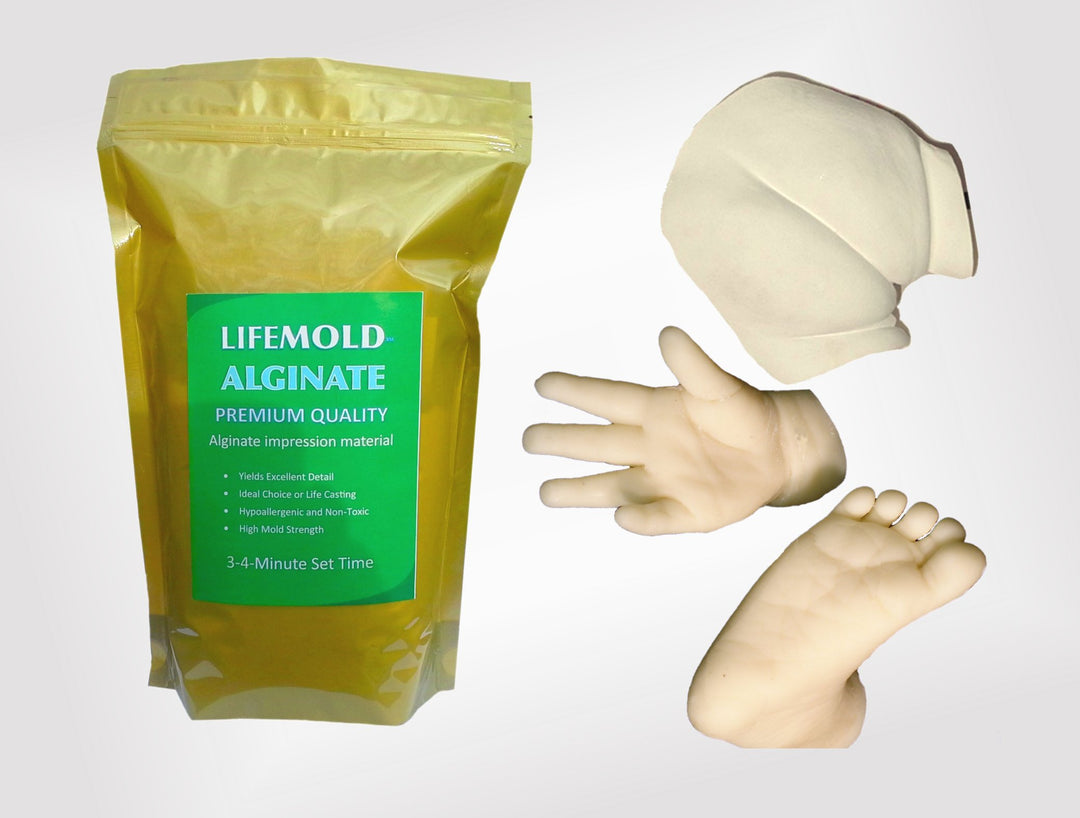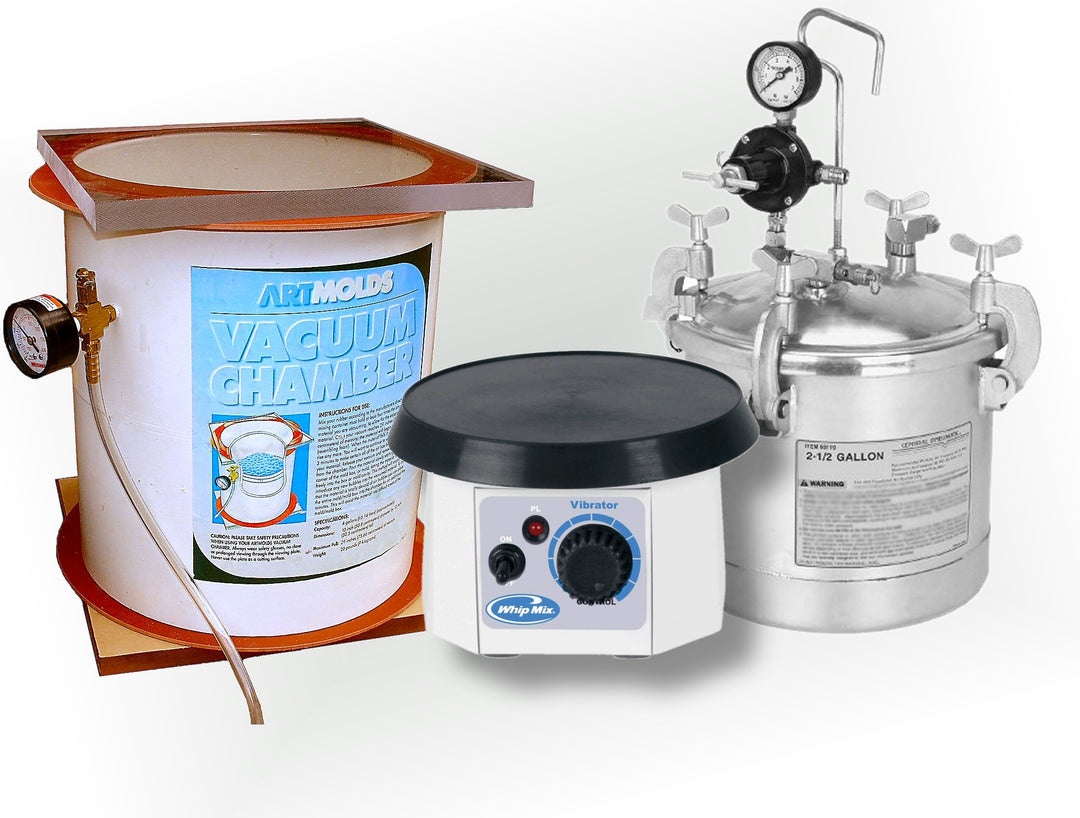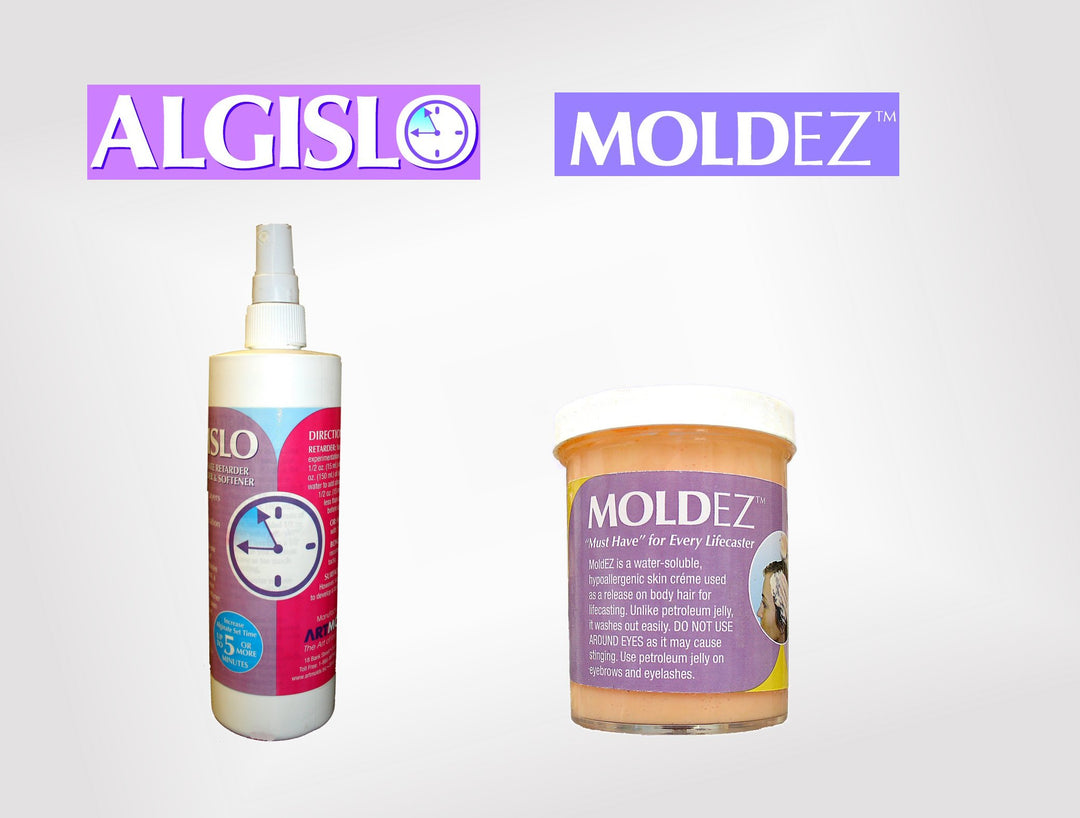Unique Candle Making With Found Objects
CANDLE MAKING
Making candles can be a great hobby that is very easy to learn. It does not require a lot of tools and you will quickly be able to make some excellent products. Candle making is a fun, too, especially when they are unique and different. Those are the ones most appreciated as gifts and seem to sell better than traditional style candles. In our example we are using a small and highly detailed statue of an Asian woman dressed in many centuries’ old garb.
The first thing we do is to make a silicone rubber mold using ArtMolds’ MoldRite 25 silicone. Once the mold is made we will pour beeswax into it to create a number of copies of this interesting candle design. Using a hot glue gun, we secure the statue to a piece of foam board. We then cut a piece of transparent mailing tube to fit over the statue allowing a half inch clearance between the tube and statue.
The tab is centered over the statue on the foam board and hot glued all the way around. We are generous with the glue application to prevent leaks from the silicone rubber.
CALCULATING MOLD RUBBER REQUIREMENTS
Formula for a Round Mold: Pi x Radius (squared) x Height
Example: The diameter of a mold is 4" (the radius would then be half of that being 2") and the height is 6".
This is what it would look like:
2" x 2" (radius squared) x 3.14 (pi) x 6 (height) = 75.36 cubic inches.
Now using the same formula subtract the cubic inches of your part.
Example: The part is 2" diameter (1.0" radius) by 5" high.
This is what it would look like:
1.5" x 1.5 " (radius squared) x 3.14 (pi) x 5" (height) = 35.32 cubic inches.
Then you would take 75.36 – 35.32 to give you a total of 40.04 cubic inches.
40.04 cubic inches x 21 grams per cubic inch = 840.84 grams of RTV needed.
And then if you want to calculate that into lbs. take 236 divided by 840 grams per lb. = 3.5 lbs. of RTV.
Using a gram scale, we weight out the MoldRite 25 in a ratio of ten parts of the base material (white) and one tenth of the catalyst (blue). We mix the two together until there is one uniform color, without marbling. We then slowly pour in a high narrow stream, allowing the silicone to envelop the statue.
After a three-hour cure time, the mold is opened by slicing down each side by 2/3rds and spreading open the rubber to remove the model. The mold is then held together by several rubber bands to await casting.
Candles made out of beeswax have a pleasant golden color and a warm aroma with the scent of honey and flowers. They burn longer, brighter and cleaner than paraffin candles. In fact, they are natural aroma candles with the scent provided not by chemical additives but by the material itself. The melting point of wax is about 60-70°C (140-158°F). At 100°C (212°F), a white foam can appear on the surface of the wax. It happens because sometimes wax contains emulsified water due to its processing (filtering) in boiling water. There is nothing wrong with this and if you allow the wax to dehydrate, it will burn better and crackle less. At temperatures above 120°C (248°F), wax starts to evaporate, and after 204°C (400°F) it ignites!
The safest way to melt beeswax is to use a double boiler. Use an electric heat source if possible and be extra careful if you use a gas stove. Always make sure that the bottoms of the inner and outer pots are not in direct contact. Pour in more water as it boils and evaporates from the bottom pot. Do not fill the bowl with wax up to the edge, and do not let it spill onto the stove.
Wax melted in a double boiler has temperature about 100°C (212°F). Put on a pair of gloves to protect your hands from hot bowls and wax during the melting, filtering or filling the molds. Set in the wick and carefully pour the beeswax in the mold. Allow a cooling period to room temperature before de-molding.




